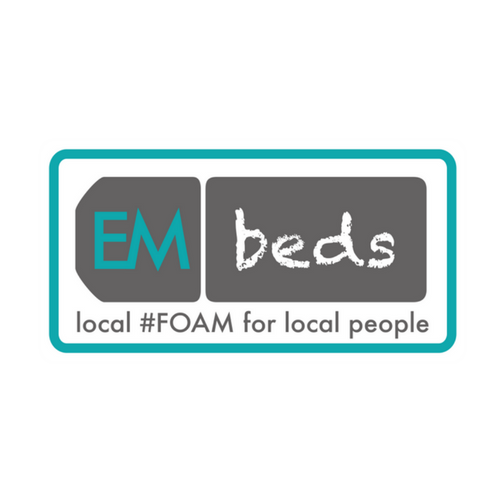 the iNFANT is truly a design enigma, it is simple yet complicated, amazing yet frustrating, beautiful yet disgusting. And due to a unique production method, each iNFANT has its own variations and special features.
the iNFANT is truly a design enigma, it is simple yet complicated, amazing yet frustrating, beautiful yet disgusting. And due to a unique production method, each iNFANT has its own variations and special features.
Specifications
Most iNFANTs will receive their free upgrades as describe below, however due to manufacturing and maintenance issues upgrades may come online earlier or later than stated. – Always check with the prime carer which updates have occurred.

Maintenance
Unfortunately as shown above there are many design flaws inherent to the iNFANT, thus experience technicians MUST review all iNFANTs presented for maintenance in the ED (i.e. ED senior OR PNP OR Paediatric Dr)
The High-Risk Top 10
- Fever
- PAWS score >4
- Neonates (< 28days old)
- Social services involvement (including any family member known to services)
- Burns
- Suspected skull fractures
- Long bone fractures (excluding elbow, wrist, knee & ankle fractures)
- Non-mobile iNFANT with injuries – must be discussed with paediatric consultant on-call
- Returning with same problem within 72hrs
- Concerning presentations
Specific Issues:
Brief Resolved Unexplained Event (BRUE) previously ALTE (Apparent Life Threatening Event):
Often described as floppy, pale, not breathing for 20 seconds by parents, but in ED looks fine. Careful History and examination are required.
- Common Causes: Reflux, Fits, Respiratory infections, Sepsis
- Less Common Causes: Cardiac problem, Airway obstruction, Metabolic disorder, NAI, Drugs
- Risks: dependant on the underlying cause. However, 2 or more episodes of BRUE/ALTE is linked to an increase incidence of SIDS (sudden infant death syndrome)
NAI (Non-Accidental Injury):
Unfortunately under 1 year olds are at a higher risk of NAI and this needs to be considered in ALL presentations.
Injury of Non-Mobile iNFANT: Rolling is NOT mobility!
This group (typically <9mths) who can’t Crawl/Stand/Cruise/Walk, should not be able to cause themselves bruising or burns. and hence a high level of suspicion is required. Any visible Bruises/Burns/Scalds complete following in ALL cases:
- Senior Review: To establish level of risk/concern
- Inform Children’s Social Services: This should be done for all irrespective of risk or concern [As social services can monitor attendances across all trusts]
- Inform Paeds Consultant: This should be done by the reviewing senior in ED [The Paeds Con may wish to admit, discharge or bring the child back to Paeds for review]
Contacting Children’s Social services – Health professionals only
- Kirklees: In hours (01484 456848), Out of hours (01484 414933)
- Calderdale: In hours (01422 393336), Out of hours (01422 288000)
